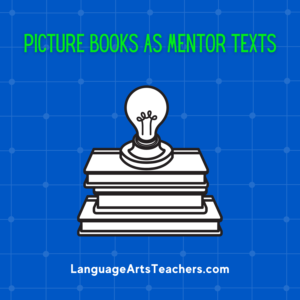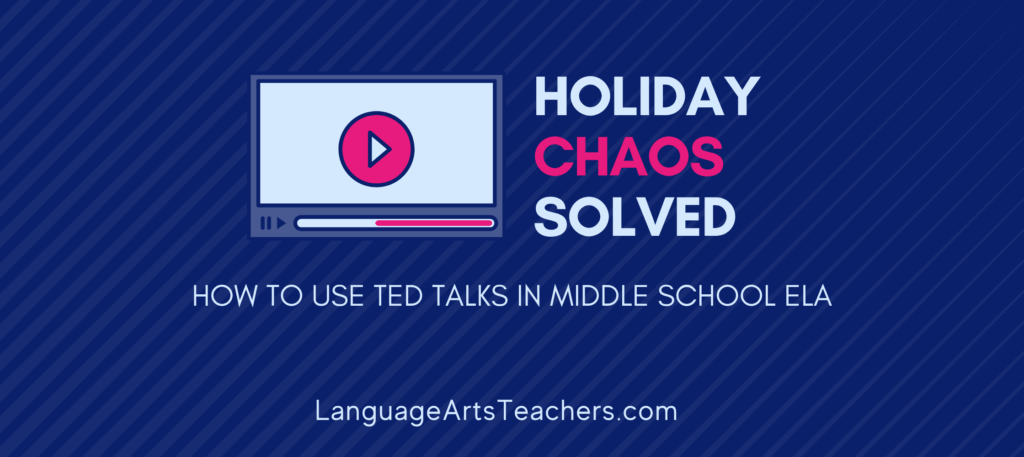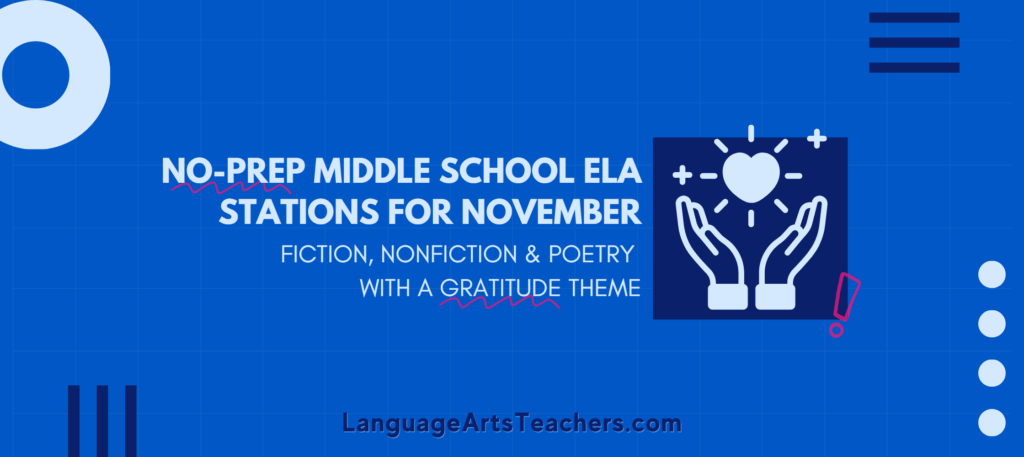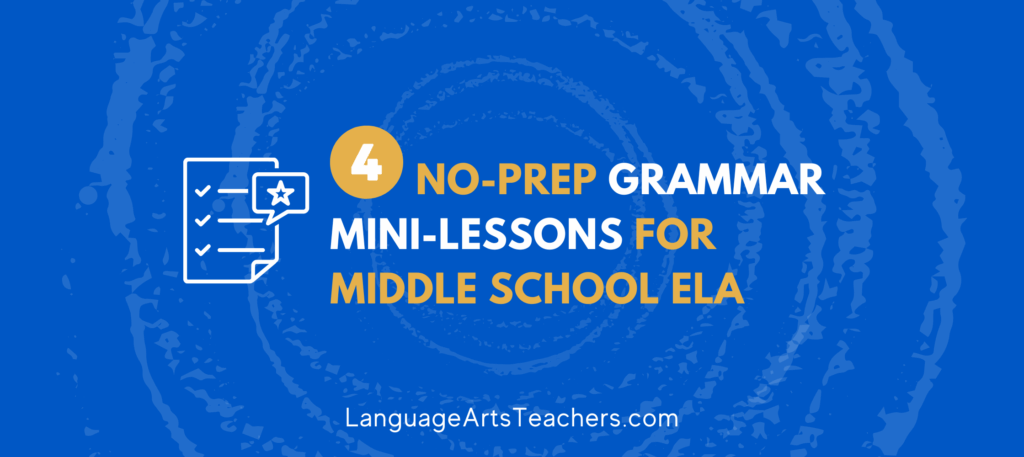Are you ready to start teaching your Middle School ELA students how to use mentor texts to improve their own writing? If so, you’ll want to start with texts that are simple yet well-written—and that includes picture books.
“But aren’t middles schoolers too old for picture books?”
In a traditional sense, yes… but not if they’re using them as mentor texts.
What Are Mentor Texts?
First, let’s get clear about what I mean when I refer to “mentor texts.” I’m talking about any texts that your students can learn from to become better writers. In other words, mentor texts are examples of quality writing that your students can emulate.
To use mentor texts to improve your students’ writing, they need to pay attention to how the author wrote… not just what they wrote.
Ideally, mentor texts should be short so that your students can re-read them multiple times to study. That’s why picture books make great mentor texts! Not only are they short, but they’re easy to understand and visually engaging. (Yes, even middle schoolers are better engaged when there are pictures LOL…)
How Do I Use Mentor Texts in My Classroom?
Depending on what aspect of writing you’re teaching, you can use different texts for emphasis.
For example, if I’m teaching my students about persuasion, I might study a well-written persuasive essay. Students can then use that essay as a guide to help them with writing their own persuasive copy.
As they study it, they can analyze what made the writing so good and strategies the author used to persuade. Once they identify and learn these tactics, they can then practice them in their own writing.

Tips for Using Picture Books as Mentor Texts
So how do you use picture books as mentor texts?
1. It helps to read the entire book aloud in front of the class first.
This gives them a view of the book as a whole. And thankfully, with picture books, this doesn’t take too long…
If possible, put the book up on the screen so the students can see the pictures. (Often the illustrations are just as important to the story as the text.)
2. Have your students read the text again, paying special attention to the literary device you’re teaching.
For instance, if you’re teaching character development, have them re-read the book while focusing on how the author develops the main character.
3. At this point, it’s helpful to have them answer specific questions about the text.
By this, I mean questions specifically about the literary device that you’re having them study (e.g., character development)… Ask them why the author used specific words or how outside forces impacted the character’s development.
4. Finally, once they have a strong grasp for the text, they should create their own examples of the writing aspect.
You could have them write their own short children’s book featuring strong character development.
3 Examples of Using Picture Books as Mentor Texts
Now that you have a step-by-step framework of how to use picture books as mentor texts, let’s take a look at some real-life examples!
1. You can use The True Story of the Three Little Pigs to look at point of view.
This book is great for viewpoint because it lets the reader see the traditional Three Little Pigs story from a new perspective—the wolf’s. You can use this picture book as an example of how to add depth to a story or a character simply by adding a new perspective.
2. You can use Owl Moon as an intro for figurative language.
This picture book is full of figurative language to describe the beauty of the natural world. You can use it to teach simile, personification, hyperbole, metaphor, and imagery.
Have your students write down every instance of figurative language in this book and ask them why they think the examples work. You can then give them a list of awful metaphors and ask them why they don’t work.
These exercises can help your students learn not just when to use figurative language… but also how to do it well. (Because, if we’re being honest, a lot of our middle school students probably struggle with writing quality metaphors and similes.)
3. Use I Wanna Iguana to teach persuasive writing.
This hilarious picture book features a young boy who wants a pet iguana and is trying to convince his mother to buy him one. But the mother has her reasons for not wanting an iguana in the house.
Have your students analyze the two arguments and how the mother and son respond to one another’s points. For instance, when the mother says she doesn’t want a 6-foot iguana devouring all the food in their house, her son argues that it takes 15 years for iguanas to reach that length—and by then he’ll be married.
The back-and-forth provides great examples of how to understand another person’s argument and perspective… and then provide a counterpoint of your own.
I hope these examples help you as you use picture books as mentor texts in your classroom! A word of advice… let the nostalgic and fun aspect of the picture books liven up the lesson. It can help better engage your students! 😊
Stop feeling like you have to choose between prepping for class and enjoying family time by clicking the button below to grab several weeks of free bell-to-bell lesson plans for 6th, 7th, and 8th grade.




